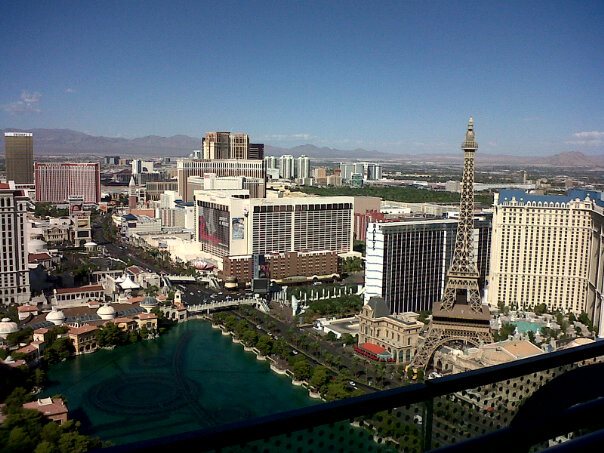Wowza it’s been a long time since I posted. My only excuse is that I was bed-ridden for close to a week with the worst case of “sore throat” imaginable, which is a pretty good excuse in my opinion.
Today we are going to continuing discussing feedback from the SPC meeting I attended in Dallas.
Let’s see where did we leave off…that’s right, after a discussion of the new working group looking to assess the role of transport packaging in sustainable supply chains we moved on to updates on COMPASS, the SPC’s LCA-based comparative packaging assessment software. For those of you unfamiliar, this tool is a super easy way to quantify the environmental repercussions of different packaging in the design phase. It assesses packages on resource consumption, emissions, material health and solid waste. The only information a practitioner of COMPASS needs to perform a comparative packaging assessment is the material type and weight of each packaging component (primary or secondary depending on objective) for both the existing and proposed packaging. Then the practitioner selects the conversion process i.e. thermoforming vs. paper cutting and the data set:because each country has their own waste management system and hence packaging recovery rates, it is helpful to select the data set (US, EU, CA) where the package will be distributed and assumingly disposed of to achieve a more accurate end of life data output. The updates coming to the software include rolling out recovery data sets for China and Mexico, thereby presenting a more international model of production and consumption in the context of packaging end of life recovery. Also new to the software is RPET and RHDPE LCI data, allowing users to compare virgin to reprocessed PET and the like. This is great because we have for so long assumed using RPET is “more sustainable” then PET and now we will have the hard LCI data to prove it (though Franklin Associates confirmed this assumption last year via their LCI report the new data has yet to make it into any third-party vetted LCA-based assessment software). So that’s all really cool. And as I described vaguely in my last post, I believe COMPASS is looking to create a transport packaging feature that will allow users to quantify the LCA impacts of different transport packaging schemes, be it a reusable or disposable model.
The other two presentations going on during the COMPASS session included “tapping the potential of energy recovery” and “what does the WBCSD vision 2050 mean for packaging?”
That night we met at the Frito Lay headquarters for the SPC welcome reception. I can’t begin to explain how GLORIOUS this meet n greet was. We had top chefs from all over Dallas prepare multiple courses for us, which consisted of everything from a poached egg atop lentils smothered in a bolognaise reduction to a deconstructed wedge salad and more! After the delectable journey through taste bud heaven a couple representatives from Frito Lay presented on their company’s efforts and Holley Toledo have they done some great work! I don’t recall the details except being extremely impressed. If you would like a copy of their presentation please let me know and pending approval I will forward on.
Our next post will discuss updates on the material health project; this is pretty heavy so make sure you eat your Wheaties!
AND, check out my brother's looking all fly at the MCEDC Annual Dinner where Dordan was awarded with it's Business Champion Award!


